Home / Risk assessment / Stage 1
Stage 1 - Scope, context, and criteria
The purpose of Stage 1 is to customize the risk management process, enabling effective risk assessment and appropriate risk treatment. This involves defining the scope of the process, understanding the external and internal context and setting the risk acceptance criteria.
It is important to be clear about the purpose and objective of the risk assessment, the scope under consideration, and to define the deliverables. This step should ultimately describe what is to be accomplished, and how, i.e. what tasks and resources are required to meet the risk assessment objectives.
Output
It is recommended to document Stage 1 in a project plan, or similar type of record. The plan should include the following:
- Purpose/objective of the risk assessment (e.g. what will the assessment be used for?)
- Limitations and boundaries (e.g. type of marine accidents, risk and Arctic geographical boundaries)
- Deliverables
- Descriptions of work tasks, schedule and milestones
- Type of assessment (qualitative vs. quantitative, specific methods/tools requested etc.
- Personnel involved, roles and responsibilities (e.g. arctic expertise, risk management experts etc.)
- Project risks that can affect the objectives and deliverables
Risk can be expressed in many different ways, and for most metrics used to describe a risk, there are corresponding risk acceptance criteria. Organizations' specific criteria or industry standards may be used to define the level of risk which is considered acceptable.
The purpose of the risk acceptance criteria is to evaluate the tolerability of risk and to support decision-making processes. Risk acceptance criteria may also be referred to as; risk criteria, acceptability criteria, tolerability limit, safety target etc.
Note that risk acceptance criteria may not be available or implemented in all risk management activities, depending on the objective of the risk assessment.
Output
It is recommended to using, either:
- Risk matrix criteria (e.g. acceptable-green, ALARP-yellow, unacceptable-red), or;
- Individual risk criteria (e.g. location-specific individual risk-LSIR), or;
- Societal risk criteria (e.g. by apply to FN curves), or;
- Custom risk index (e.g. combined with environmental sensitivity)
The context of the risk management process should be established from an understanding of the external and internal environment in which the organization operates and should reflect the specific environment of the activity to which the risk management process is to be applied (ISO 31000:2018).
The external and internal context may not necessarily be recorded, but it is recommended to think through and discuss how the risk assessment objectives “fits” into a larger context, e.g.; has the project necessary commitment from management in the organisation? What is the prioritization over other projects? Is project aligned with company policies? And, also how the deliverables will be perceived and used by others.
Output
Internal context
- Understanding on how the risk assessment aligns with internal relations, objectives and policies
External context
- Understanding the social, cultural, political, legal, regulatory, financial, technological and economic factors, whether international, national, regional or local, that may affect the risk assessment
- External stakeholders’ relationships, perceptions, values, needs and expectations (e.g. what is the risk perception by the public and how will this influence our risk assessment and deliverables?)
Arctic Risk Influencing Factors

Ice
Ice
Ice may affect hull structure, stability characteristics, machinery systems, navigation, the outdoor working environment, maintenance and emergency, preparedness tasks and malfunction of safety equipment and systems.

Topside icing
Topside icing
Topside icing, with potential reduction of stability and equipment functionality.

Low temperature
Low temperature
Low temperature may affect the working environment and human performance, maintenance and emergency preparedness tasks, material properties and equipment efficiency, survival time and eperformance of safaety equipment and systems.

Extended periods of darkness or daylight
Extended periods of darkness or daylight
Extended periods of darkness or daylight as it may affect navigation and human performance.

High latitude
High latitude
High latitude, as it affects navigation systems, communication systems and the quality of ice imagery information.

Remoteness
Remoteness
Remoteness and possible lack of accurate and complete hydrographic data and information, reduced availability of navigational aids and seamarks with increased potential for groundings compounded by remoteness, limited , readily deployable SAR facilities, delays in emergency response and limited, communications capability, with the potential to affect incident response.

Lack of crew experience
Lack of crew experience
Potential lack of ship crew experience in polar operations, with potential for human error

Lack of emergency equipment
Lack of emergency equipment
Potential lack of suitable emergency response equipment, with the potential for limiting the effectiveness of mitigation measures.

Severe weather conditions
Severe weather conditions
Rapidly changing and severe weather conditions, with the potential for escalation of incidents.

The environment
The environment
The environment with respect to sensitivity to harmful substances and other environmental impacts and its need for longer restoration.
This is not a compliance tool. This guideline will not absolve the user of responsibility in the event of an accident. Disclaimer
This is not a compliance tool. This guideline will not absolve the user of responsibility in the event of an accident. Disclaimer





